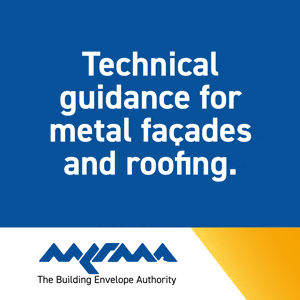A.Proctor Group collaborates with park home manufacturer to deliver fire safety
- Specify & Build
- Aug 15, 2024
- 2 min read
The introduction of the Building Safety Act 2022 focused on higher-risk residential buildings. But a culture of taking fire safety seriously applies to buildings of all types – and park homes are no exception.
For Lissett Homes, a manufacturer of premium park homes and lodges, one customer’s request to use a different style of cladding had ramifications beyond aesthetic appearance. It required their design team to review all the product specifications and detailing to ensure the necessary performance was achieved.
“The Caravan Act requires a six-metre gap between buildings,” said Chris Close, Design Director at Lissett Homes. “It can be possible to build closer than that, but it depends on the fire classification of the products used in the build-up.”
For Lissett Homes, a significant challenge is not having control over how buildings are sited once they leave the production facility. For the two ‘Bainland’ homes under construction, they could make no assumptions about how the buildings would ultimately be positioned.
As Chris explained: “We suspect the customer will site these lodges six metres apart, but we can’t be sure. Also, one large group might rent both buildings at the same time, so the customer might install a timber deck – rather than a paved surface – bridging between the two. That creates an additional fire risk, so we had to make sure the specification was capable of dealing with any eventuality.”
The typical Lissett Homes specification features A.Proctor Group’s Proctorwrap Reflect behind the timber cladding. However, that is based on the external cladding achieving a classification of Class 3 when tested to BS 476-7:1997 Fire tests on building materials and structures. Method of test to determine the classification of the surface spread of flame of products.
For the new ‘Bainland’ homes, the customer requested a type of vertical cladding, treated with linseed oil, which only achieves Class 4 when tested to the same standard.

“We looked at incorporating a fire-rated vapour permeable membrane behind the cladding. I’ve worked with A.Proctor Group for seven or eight years,” said Chris, “so they were our first port of call and together we found the right solution.”
A.Proctor Group recommended Fireshield, a vapour permeable membrane offering Class B-s1,d0 reaction to fire when classified in accordance with BS EN 13501-1:2002 Fire classification of construction products and building elements. Classification using test data from reaction to fire tests.
U-value calculations and condensation risk analyses were then carried out to show the wall build-up offered the same thermal and moisture management performance.
Swapping from typical horizontal cladding to a vertical cladding might sound like a relatively simple aesthetic change. For Lissett Homes, working with vertical cladding for the first time, it also meant reworking a host of details, such as around window openings and at soffits.
That reworking included making sure Fireshield was securely fixed so as to not to create a hidden fire risk, and here A.Proctor Group were again able to support with compatible tapes and detailing advice.
.png)























































.png)

